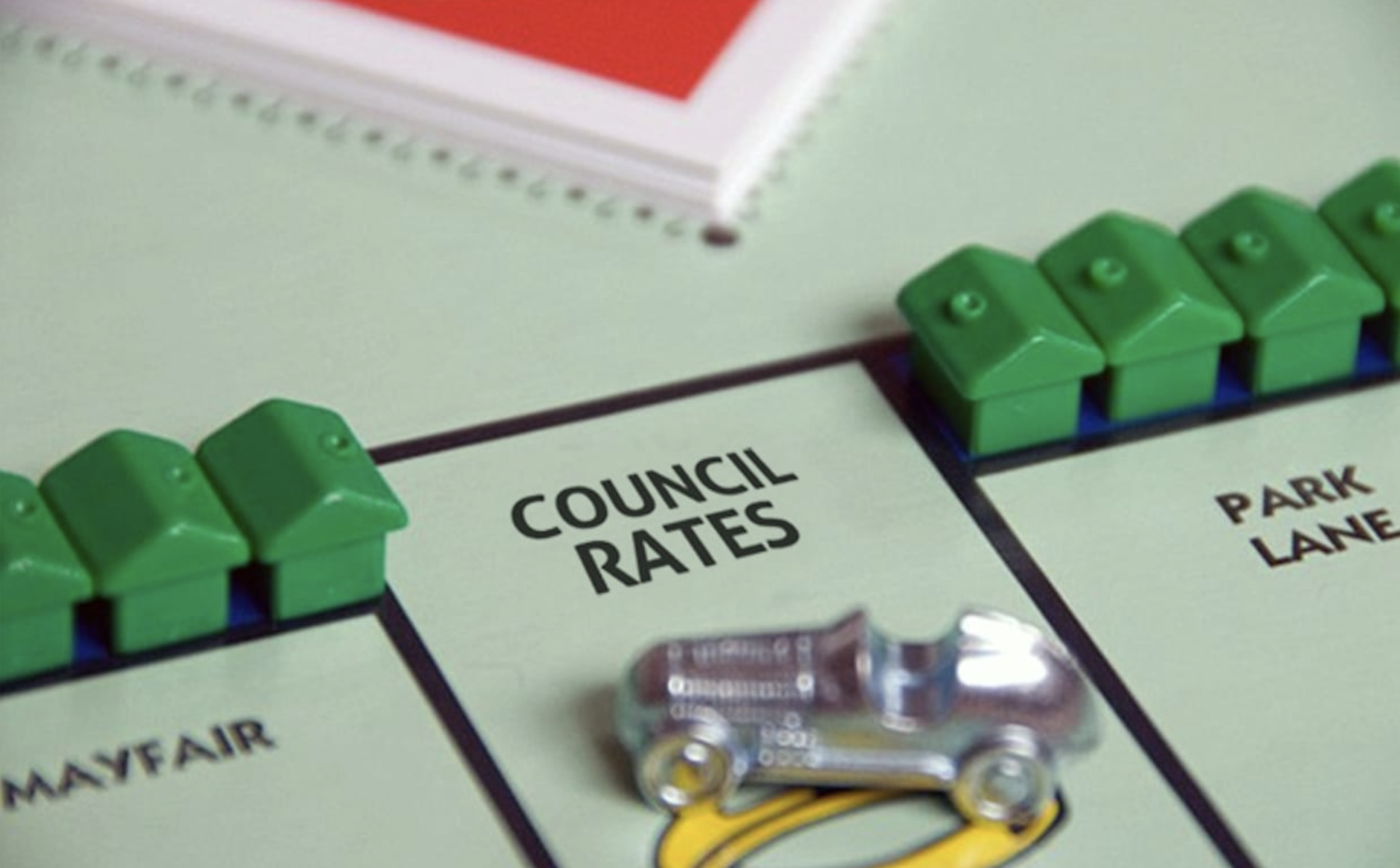In most States of Australia rates are not valued of the actual true value of your property. In this post we will focus on South Australia. Rates are either valued by the Valuer General in accordance with the Valuation of Land Act 1971, or council employ or engage their own valuer.
Property values are used as a basis for determining what share of the total rate revenue individual ratepayers are to pay. But not the actual value of your property. Councils may use site value (land only), capital value (land plus improvements) or annual value (rental), however, the majority use capital value. Councils can use valuations provided by the Valuer-General or a valuer authorised under the Land Valuers Act 1994
Ratepayers may object to valuations if they consider them to be inaccurate. To achieve a balanced budget, each Council must determine every year what the rate in the dollar needs to be in order to generate the required rate revenue. In simple terms, the amount of rates payable is determined by multiplying the property value by a rate in the dollar determined by the council.
The rate determined is an analyses with the aid of sales evidence and market reports where properties that are similar in nature, due to locality, land size, property type, vintage, size of equivalent main area and use, are grouped into sub-market groups.
The research and analyses obtained are utilised to indicate how the market has performed relative to each of those sub-market groups. The result is the adoption of an index which is applied to every property. For example, your 2022-2023 financial year value(s) are a reflection of how the property market performed in the 2021 calendar year and the circumstances as at the Date of Valuation, 1 January 2022.
But, the valuation made by a council valuer can be up to 5 years old, so if the market has slumped there is a legislative framework in place for council to avoid the reduced current value to profit from unsuspecting rate payers. If you think the value of your home is far greater than the market average for your area you must make an objection within 60 days of receiving your rates notice.
Below is the relevant legislation and information from the Valuer General complete with the forms you need to make an objection. A recent objection in South Australia saw one home revalued at $140,000 lower than the average market value which will in turn reduce the rateable average used.
.
Download Document here Property values S.A.
Send the form and supporting documents to:
Office of the Valuer-General
GPO Box 1354
Adelaide SA 5001
Email: OVGobjections@sa.gov.au
Following your objection lodgement
Once received, the objection application is reviewed and assessed by a property valuer. The recommendation is then approved by the Office of the Valuer-General.
You will be provided with the Valuer-Generals' outcome decision letter upon completion of the objection.
Should you remain concerned with this objection decision, you have a choice of two options to have the valuation reviewed. These are:
